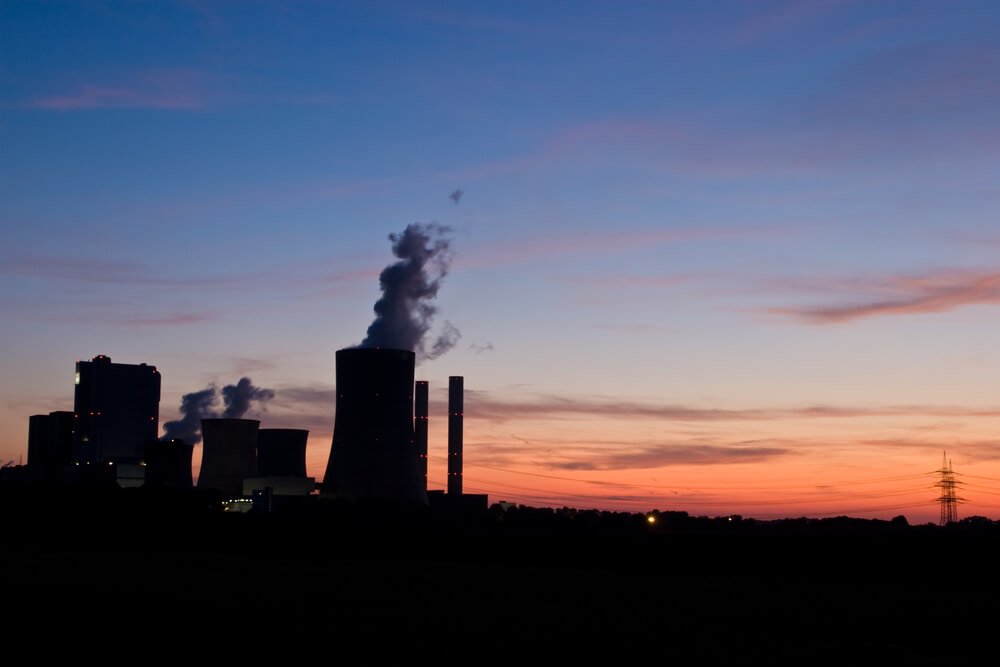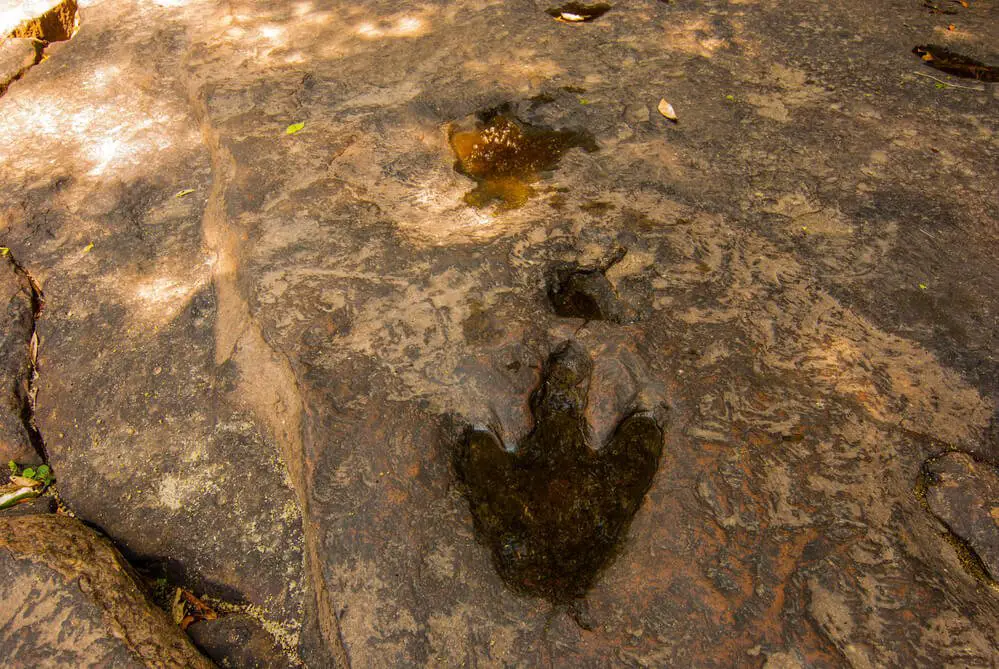Fossil fuels are mixes of animal remains and fossilized plants that date back millions of years or even hundreds of millions of years ago.
The type of fossil, the quantity of heat, and the amount of pressure determine the formation of fossil fuels—oil, natural gas, or coal—from these fossils.
It is the reason fossil fuels are considered non-renewable. Depleting what currently exists would mean there’s no way we could replace them anytime in the near future, and scientists have no quick fix for this situation.
So, in short, It takes millions of years to create fossil fuels.
The Starting Point
Fuels are energy sources, and fossil fuels are no exception.
The sun provides the energy in fossil fuels, which drives photosynthesis, converting carbon dioxide and water into the chemical building blocks of ancient plants and animals.
Plants and animals use mostly carbon and hydrogen atoms to form their bodies, and the stored energy in fossilized hydrocarbon-type molecules is used as fuel when burned.
Decomposition of Plants and Animals
As the fossil material sank deeper and deeper underground, it became exposed to higher temperatures and pressures.
The ancient molecules begin to break apart as the temperature rises.
Partially altered elements, such as peat from plants and kerogen from plankton, result from the early breakdown.
We can also use these transitional materials as fuels, but they store less energy than entirely produced coal, natural gas, or oil.
Formation of Fossil Fuels
The molecules that make up plankton and plants transform into fossil fuels after millions of years underground.
Plants decay into coal, while plankton decomposes into natural gas and oil.
Humans currently mine coal and drill for gas and oil to harvest these reserves underwater and on land.
We seek them since they have stored energy, and when burned, fossil fuels power machines, provide transportation, and provide the electricity needed in modern society.
They also contain chemicals that we use in the chemical industry.
The Chemical Decomposition
Crude oil is a complex mixture of thousands of distinct molecules, essentially hydrogen and carbon.
The content and amount of these hydrocarbons vary with oil deposits. Crude oil can vary from thick and dense to light and fluid, depending on its chemical composition.
It can range in color from a clear golden yellow to a deep black, and we classify it as sweet or sour depending on residual sulfur levels.
We must ensure that crude oil splits into its component hydrocarbon-based fuels and lubricants before utilizing it in the industry or for transportation.
With so many sorts of molecules, there isn’t a single industry that doesn’t employ oil products in some way.
Lubricants, fuel, plastics, cosmetics, and even medication are all made from oil. In general, there are four fundamental sorts of molecules that make up oil.





